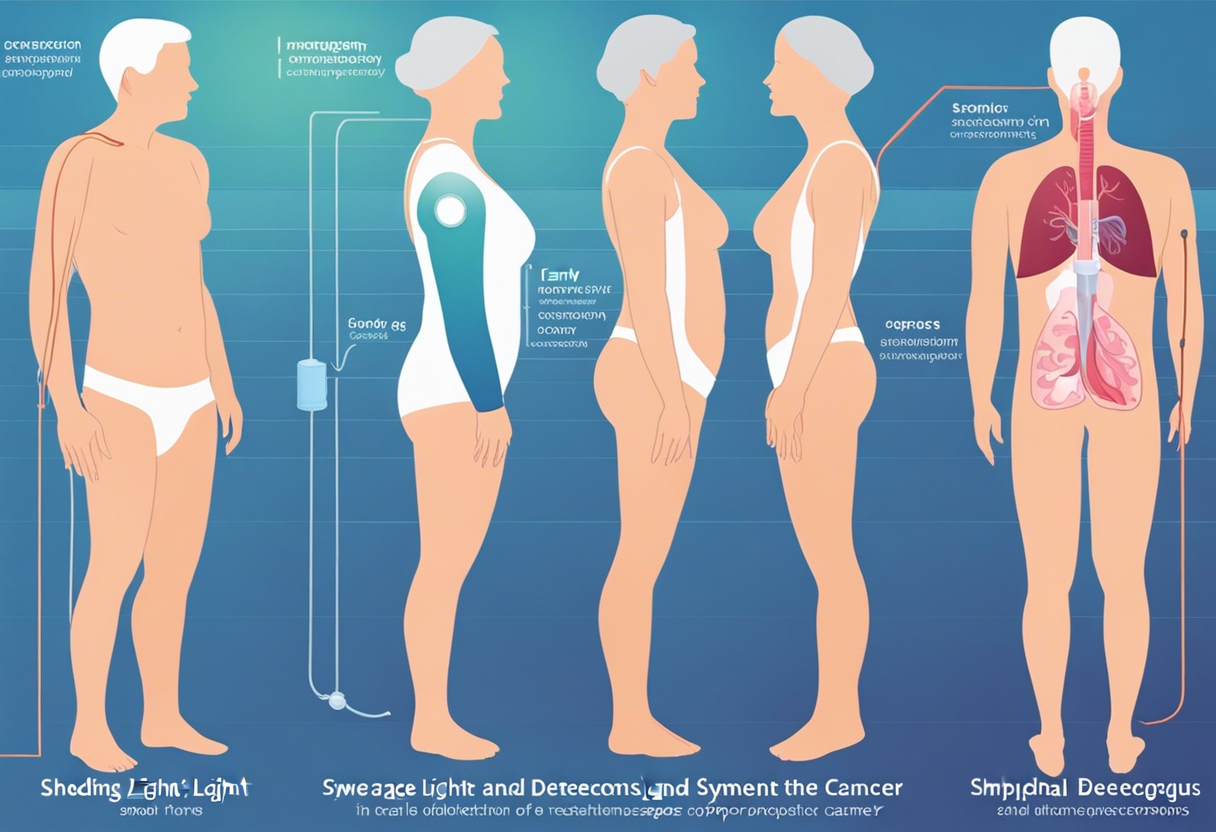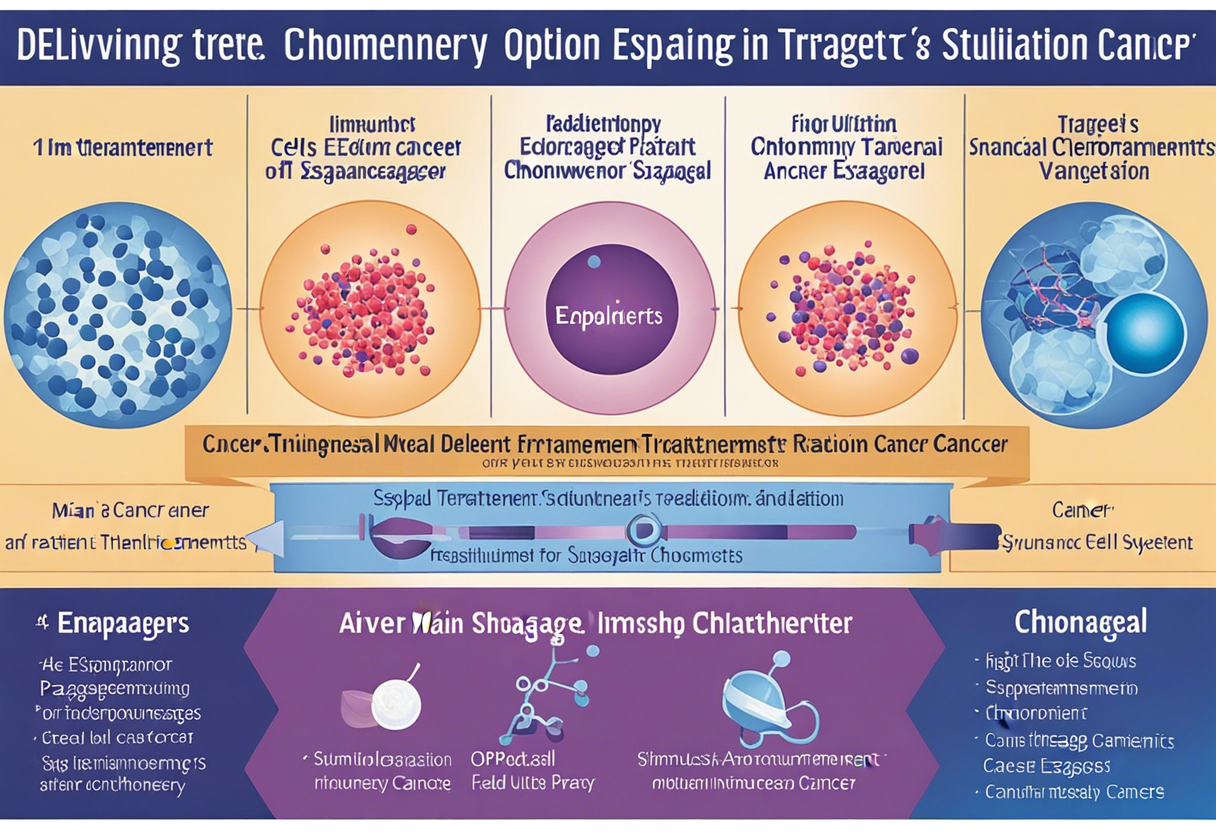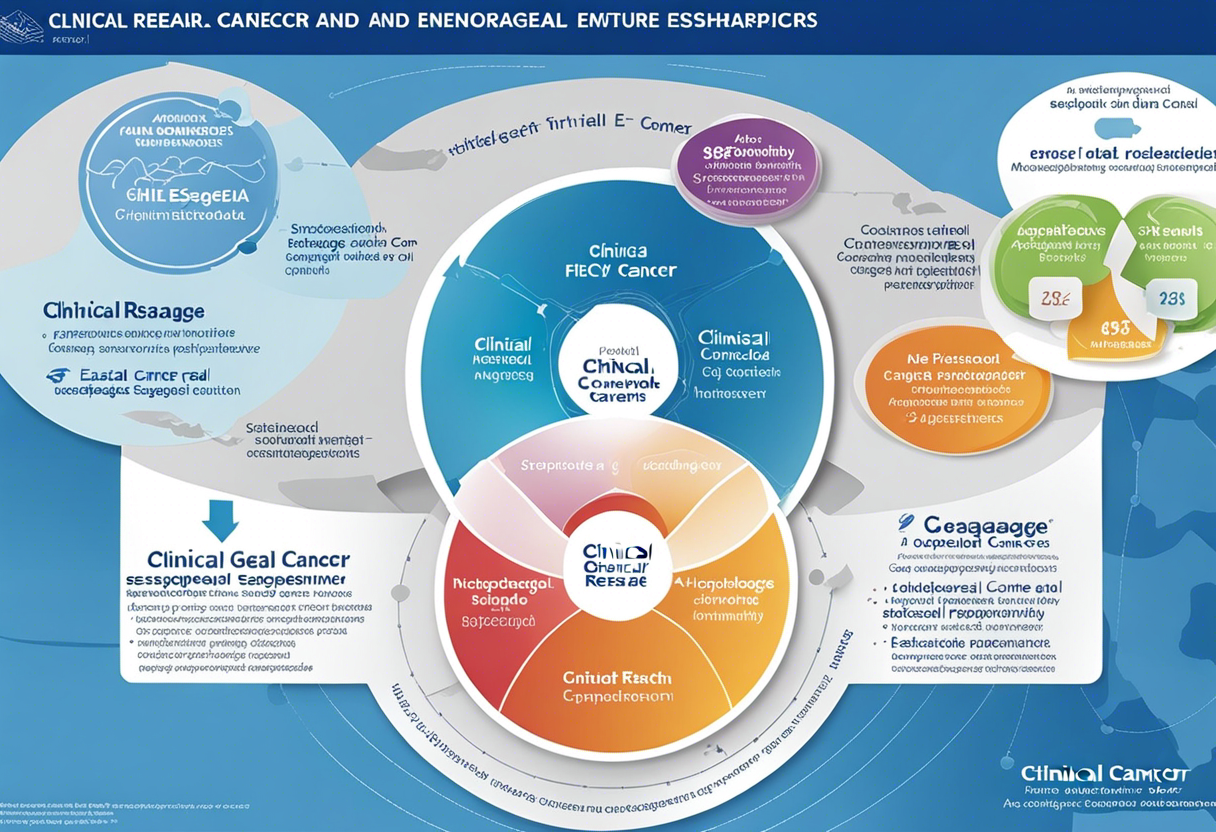Mastering the Mystery: A Comprehensive Guide to the Top 3 Aspects of Esophageal Cancer
Esophageal cancer revolves around the malignant tumors found in tissues of the esophagus—the hollow, muscular tube that leads from the throat (pharynx) to the stomach. Globally, it ranks as the sixth leading cause of cancer death and eighth in terms of incidence. The two major pathological types include adenocarcinoma and squamous cell carcinoma. Of the two, squamous cell carcinoma is more frequent globally, while in Western countries, adenocarcinoma is of greater prevalence.
The reason for this distinct shift in the pathology types remains a topic of ongoing research, with multifactorial influences like dietary habits, socio-economic factors, and genetics coming into play. A better understanding of this has potential implications in prevention strategies.
Major risk factors for esophageal cancer include tobacco use, heavy alcohol consumption, obesity, and Barrett's esophagus - a condition which usually stems from constant heartburn and acid reflux. Individuals with Barrett's esophagus have an increased risk of developing esophageal cancer due to damage in the esophageal linings.
Even as we glance at these risk factors, it becomes vital to understand symptoms and early detection methods, leading us to the second slide.
Shedding Light on the Symptoms and Early Detection

The initial symptoms of esophageal cancer are often overlooked, therein lies the first challenge in tackling it. Symptoms often begin to make their presence felt when the disease has advanced, limiting the effectiveness of treatments and success rates.
Some common symptoms include difficult or painful swallowing, unintended weight loss, chest pain, cough or hoarseness, and over time, worsening indigestion or heartburn. However, these symptoms can be mistaken for less severe ailments, which underscores the importance of regular check-ups, especially for high-risk individuals.
Early detection, meanwhile, is crucial in managing the disease. Currently, the most common method for early detection is upper endoscopy, a procedure in which a flexible tube equipped with a camera is inserted through the mouth into the esophagus to check for abnormalities. Biopsies are then performed on suspicious-looking tissues, which are further examined under a microscope for signs of cancer.
Delving into Treatment Options

The stage of esophageal cancer at diagnosis greatly influences the treatment options. The main treatments for esophageal cancer are surgery, radiation, chemotherapy, targeted therapy, and immunotherapy, sometimes used in combination.
Surgery is primarily indicated for localized disease and may vary - from removal of small lesions using endoscopic techniques to esophagectomy that involves removing part or all of the esophagus. For patients with advanced disease and poor overall health, palliative surgeries, or procedures aimed to relieve symptoms rather than cure the disease, might be considered.
Chemotherapy often combines with radiation therapy (chemoradiation) before surgery to shrink tumors and after surgery to kill off any remaining cancer cells. Targeted therapy, as the term implies, targets specific characteristics of cancer cells, thus inhibiting their malignant behaviors. These characteristics are often identified through comprehensive molecular profiling of the tumor.
Immunotherapy, a less conventional method, stimulates the patient's immune system to fight cancer cells more effectively. It often holds promise for those for whom other treatments have failed.
With each passing day, the war on esophageal cancer intensifies, and valuable lessons are gathered, which we'll look into next.
Clinical Research and Future Endeavors

The evolution in our understanding of esophageal cancer offers promising outcomes for patients. Several preclinical and clinical trials are underway to discover new treatment modalities and novel markers to detect the disease early.
Genome sequencing technologies enable us to understand the genetic makeup of the tumor, allowing for more targeted treatment approaches. Methods of early detection are also under investigation, such as non-invasive liquid biopsy which screens for DNA fragments shed by cancerous cells in body fluid.
Immunotherapy approaches are also developing, with advancements in checkpoint inhibitors and CAR-T cell therapy, which genetically engineer a patient’s immune cells to fight cancer. These strategies are still in their nascent stage for esophageal cancer but hold promise.
Translational research seeks to bridge the gap from bench to bedside, turning scientific understandings into clinical implications. Patient participation in clinical trials is critical in this regard, enabling continuous progress in therapeutic strategies for esophageal cancer.
Hence, esophageal cancer remains a complex puzzle, our understanding of which unfolds further with each research advancement and clinical trial. It is a fight that persists, strengthened by the grit and resilience of medical researchers worldwide.
